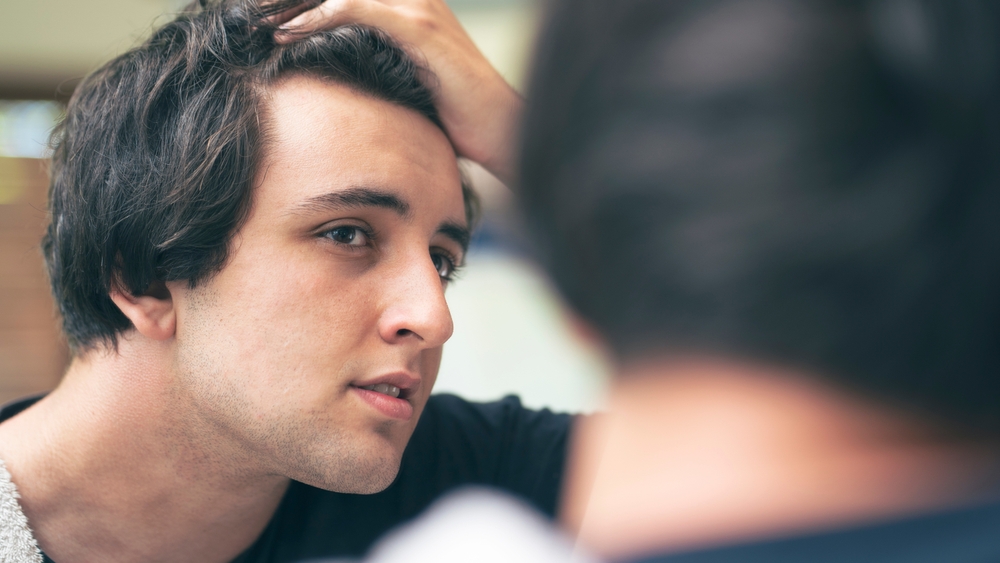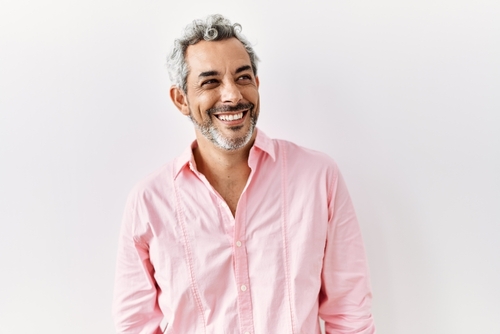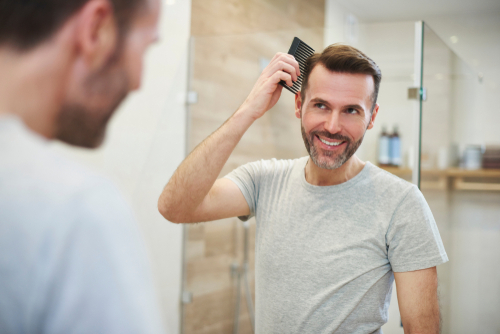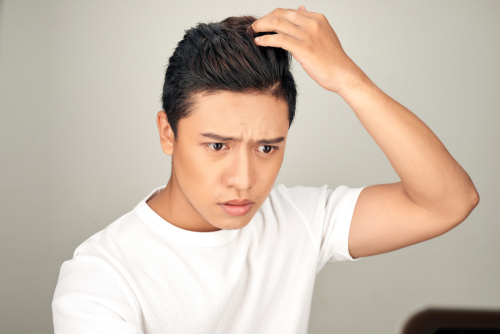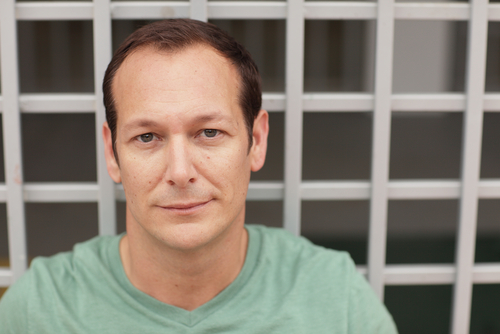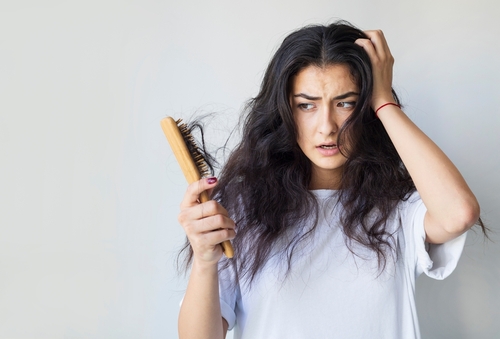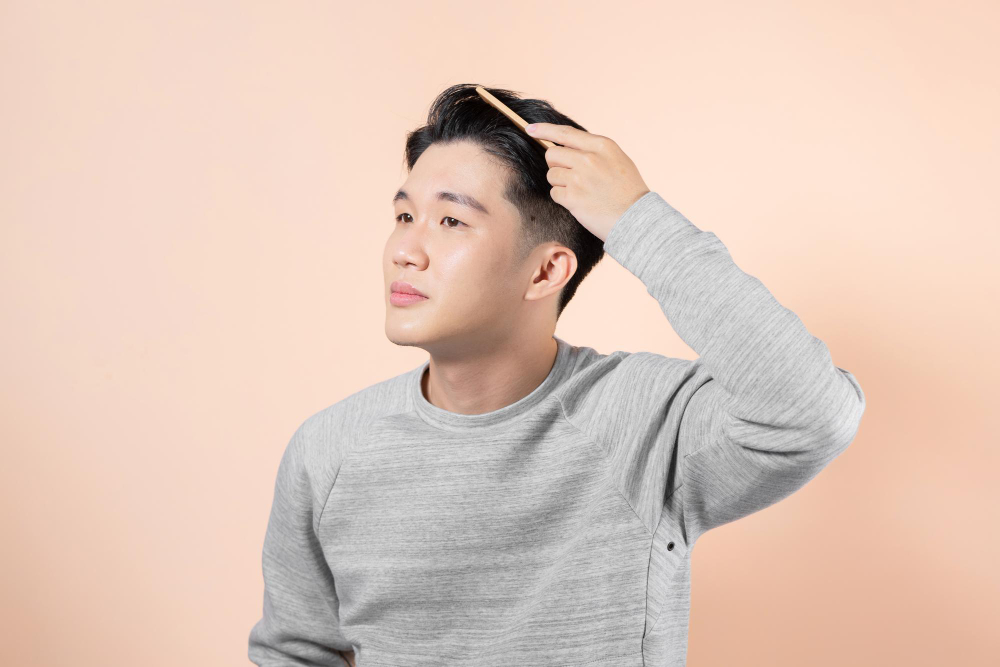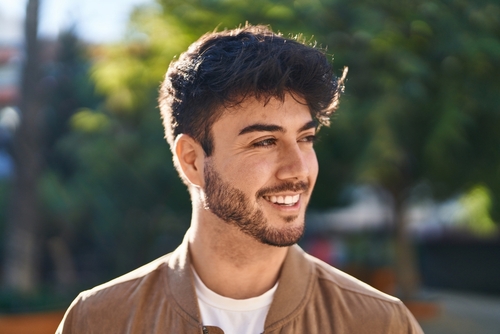
PRP injections are a safe and effective way to promote natural hair growth for those suffering from thinning hair. Patients who seek PRP hair injections typically undergo three sessions, spaced about six weeks apart, to see the best results. They can be extremely beneficial to those who want fuller, healthier hair. But do you have to maintain PRP injections? If so, how many times a year should you get PRP hair injections?
The consistency of maintenance depends on each individual patient. The severity of hair loss, genetics, and age affect the maintenance required with PRP hair injections. However, typically it’s recommended to get one to two PRP injections every year to keep up with the results. Maintenance treatments every six to twelve months are all that’s typically needed to keep the results from the initial three sessions.
Dr. Jonov can recommend his expert advice on your specific maintenance based on your needs and anatomy. Maintenance for PRP hair injections is not extensive and is relatively easy to keep up with.
To learn more and schedule a consultation, call us at 206-279-2112. You can also reach out online at https://www.prpinseattle.com/about-dr-jonov/.

